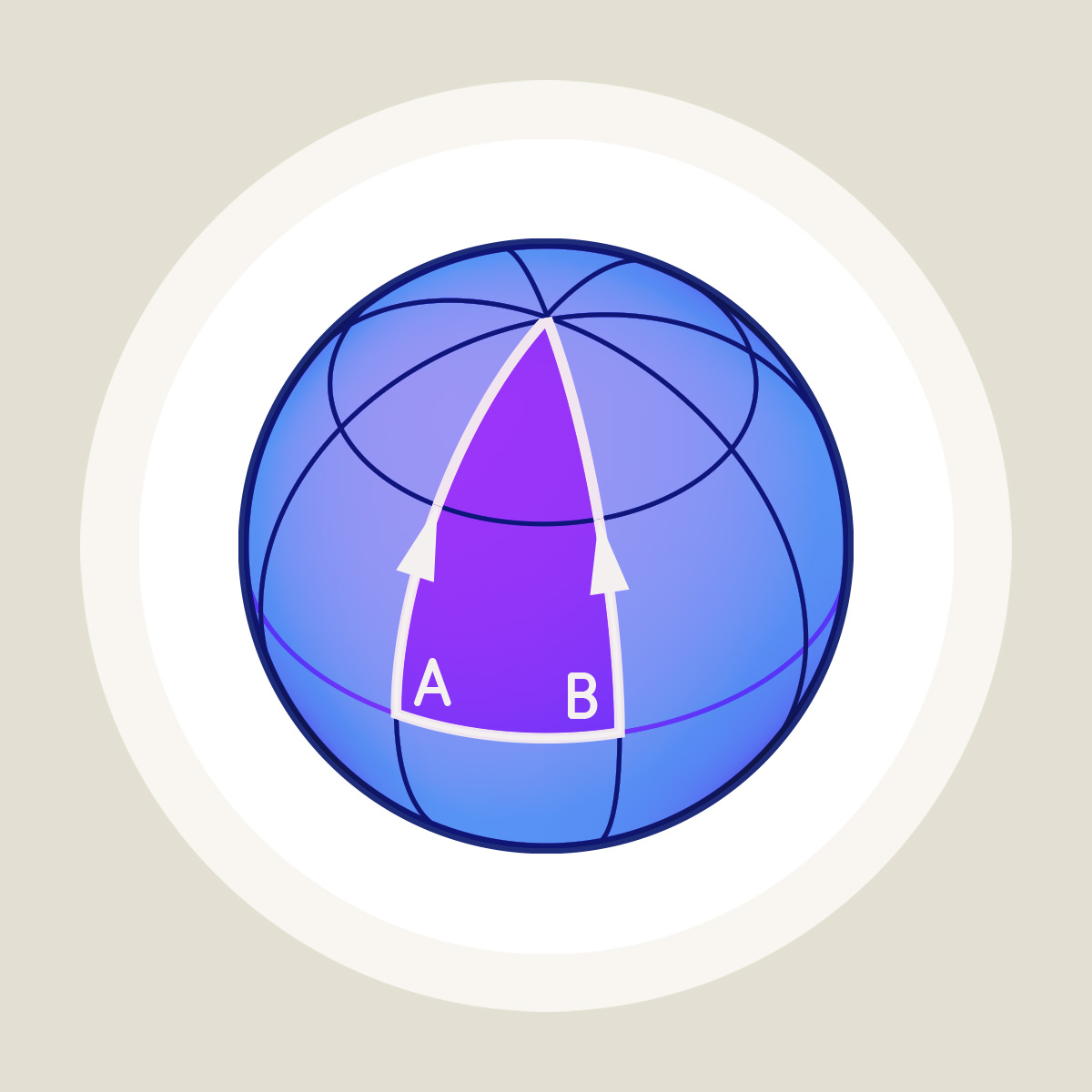With the general theory of relativity, in which Einstein managed to reconcile relativity and gravitation, he had to discard the traditional physics worldview, which saw space as merely a stage on which the events of the world unfold. Instead, space-time is a dynamic entity, which is distorted by any matter that is contained in it, and which in turn tells that matter how to move and evolve. This interaction between spacetime and matter is described by Einstein’s geometric, relativistic theory of gravity.
The consequences of that theory are spectacular. For instance, general relativity predicts that even light is deflected by gravity – a prediction that has been confirmed by numerous astronomical observations. In addition, it predicts exotic phenomena like gravitational waves and black holes, which are described in later sections of Einstein Online.
General relativity / Elementary Tour part 1: Einstein’s geometric gravity
The key idea of Einstein’s theory of general relativity is that gravity is not an ordinary force, but rather a property of spacetime geometry. The following simplified analogy, which substitutes a two-dimensional surface for four-dimensional spacetime, serves to illustrate this idea. Imagine empty space – in our case, a two-dimensional plane – with no forces […]
General relativity / Elementary Tour part 2: The cosmic dance
In this new picture, there is no gravitational force that masses exert on other masses. Instead, there are spacetime distortions. Spacetime in the presence of a mass is curved. In flat, empty spacetime, small test particles follow straight lines. However, just as there are no straight lines on the surface of a sphere, the closest […]
General relativity / Elementary Tour part 3: A planet goes astray
The first test of general relativity concerned a situation in which Newton’s and Einstein’s theories give almost the same result – with a small but crucial difference. The scene: our cosmic backyard, the solar system. The protagonist: Mercury, the planet closest to the sun. For a lonely planet orbiting the sun, Newtonian physics (more precisely: […]
General relativity / Elementary Tour part 4: The light side of gravity
For the propagation of light, Einstein’s theory makes a clear prediction: Light is deflected by gravity. Just as test particles move on the straightest-possible lines in curved spacetime (i.e. on spacetime geodesics), so does light. The most basic example: Light rays passing a massive body are bent towards that mass. This effect increases for light […]
General relativity / Elementary Tour: Conclusion
The aim of this chapter was to give the reader a basic idea of what general relativity is all about. Einstein’s theory of gravity led physicists to a variety of new models and phenomena. The most important examples – gravitational waves, black holes, the big bang models – will be dealt with in the following […]









